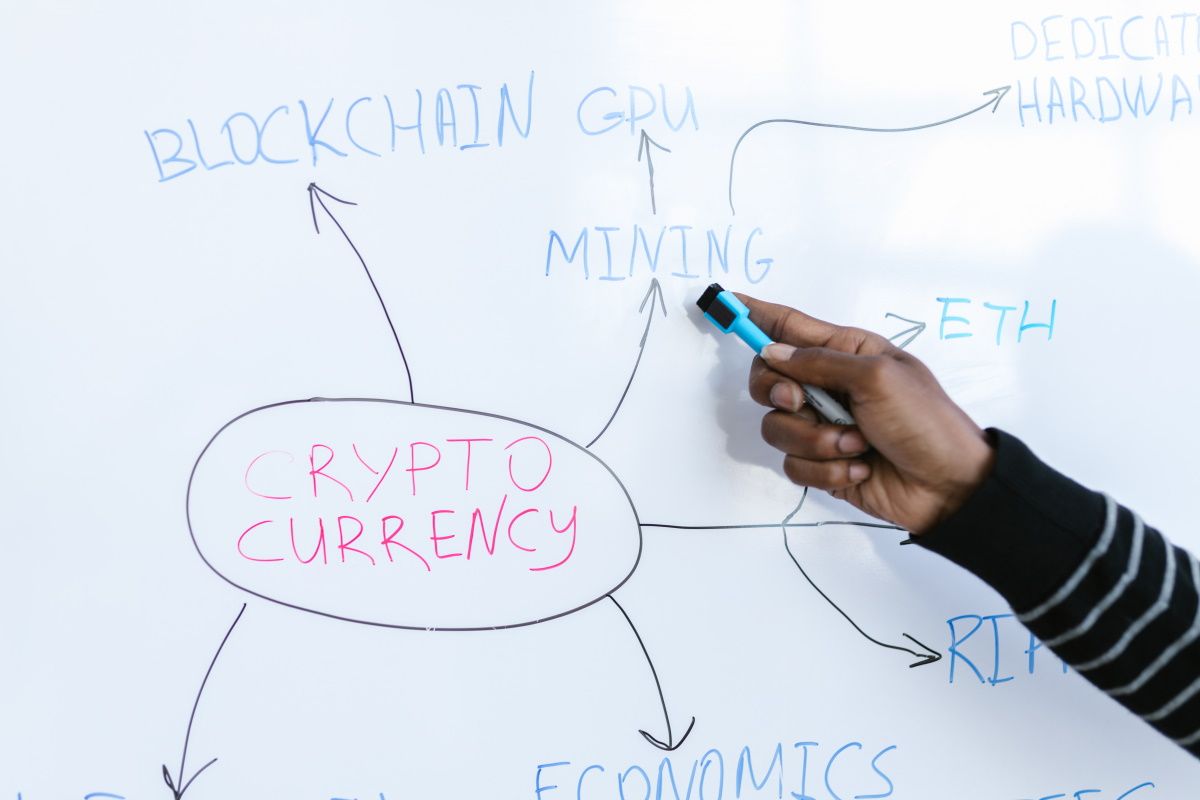Since Bitcoin’s launch in 2009, blockchain technology has proven that it has the potential to revolutionize the world, with new use cases been discovered by the day. However, blockchain technology is still in its infancy and has to overcome several challenges before its widespread adoption.
This led Vitalik Buterin to create the concept of the “blockchain trilemma” as a way to better understand how these challenges are co-related by bringing them together under an umbrella term. But, what is the blockchain trilemma? Is it really a trilemma? And, can it be solved?
The Blockchain Trilemma Explained
Even as blockchain technology continues to revolutionize just about every industry it comes into contact with, even Visa bought a CryptoPunk for nearly $150,000 in ether, the very way in which decentralized networks are structured present them with unique challenges. Especially when compared to centralized structures.
The CAP Theorem
As far back as in the late 1990s, computer scientist Eric Brewer developed what’s known as the CAP theorem to better understand what probably is its major challenge.
The CAP theorem argues that it is impossible, or at least very difficult, for a distributed data store—including blockchains—to simultaneously deliver on all three of the following guarantees: consistency, availability, and partition tolerance; hence the name, CAP theorem.
Instead, the theorem posits, distributed data stores must compromise; sacrificing at least one guarantee in order to deliver on the other two.
The Blockchain Trilemma
As distributed data stores found a new use case and evolved into public decentralized ledgers with the arrival of Bitcoin, so did too the CAP theorem evolve into what we now know as the blockchain trilemma.
In the context of modern blockchains, the trilemma argues that while the ideal blockchain should be decentralized, secure, and scalable, they can actually only be two out of the three. This represents what is probably the major challenge blockchains need to overcome before the technology’s widespread adoption.
The Elements of the Blockchain Trilemma
Decentralization
Decentralization has to do with the number of nodes (computers) operating the blockchain. The decentralized nature of a blockchain’s infrastructure is of key importance here, since Bitcoin’s major breakthrough was solving the double-spending problem without a central entity; something that is regarded as a trivial problem in centralized settings.
Although decentralization probably seems as the least significant of all three elements at first glance, we must keep in mind that when Bitcoin was launched, the whole idea behind creating a cryptocurrency was to offer a decentralized, more democratic option to the current heavily centralized financial system.
Security
Security has to do with coding and, very importantly, consensus mechanisms (proof of work vs. proof of stake). Consensus mechanisms refer to how many of the network nodes need to confirm a transaction before it is final and how these nodes are rewarded.
Scalability
Finally, scalability refers to a blockchain’s ability to keep a desirable performance in transaction speed in the face of a growing network and an increasingly higher number of transactions per second.
This is where the problem arises. At the time Bitcoin was launched, Satoshi Nakamoto was forced to compromise Bitcoin’s ability to scale efficiently in favor of decentralization and security. However, achieving a scalable blockchain is the only way to compete with the much faster-centralized networks.
Is the Blockchain Trilemma Actually a Trilemma?
It’s important to note that, although the blockchain trilemma does present a challenge to the technology’s widespread adoption, there is no actual law that prevents all three aspects from being achieved simultaneously.
Instead, the blockchain trilemma was formulated as a way to conceptualize and better understand the challenges facing the development and adoption of blockchain technology and how they co-relate to each other.
In fact, developers are working hard on ways to get past the blockchain trilemma, and there already are some proposals and ideas on how to deal with the “trilemma” that have had at least some level of success. However, it is fair to say that, although progress has been made, the trilemma still presents a challenge; not to say it can’t be solved.
How Do Developers Plan to Solve the Blockchain Trilemma?
Developers have taken different approaches to solving the problem, with some favoring direct modifications to the blockchain network (layer-1 solutions) while some others opt for running another network atop the main blockchain (layer-2 solutions). Ethereum, for example, introduced Proof-of-Stake as a layer-1 solution while Bitcoin has introduced the Lightning Network as a layer-2 solution.
Layer-1 Solutions
- Improving consensus mechanisms: Bitcoin, one of the most popular blockchains out there, has used Proof-of-Work as its consensus protocol since its launch. And, though secure and decentralized, it’s slow; Bitcoin, for instance, can only achieve a transaction throughput of 7 TPS. To break past this wall, some blockchains, including Ethereum 2.0, are switching to a Proof-of-Stake consensus mechanism. PoS determines a node’s status based on their stake in the blockchain, instead of requiring nodes to use computing power, to solve cryptographic algorithms.
- Sharding: This solution consists of splitting transactions into smaller “shards”. These are then processed simultaneously in parallel to each other by the blockchain, allowing for it to work on several transactions at the same time. Also, nodes don’t need to hold a copy of every block from genesis; instead, this information is split and stored by different nodes.
Layer-2 Solutions
- Nested blockchains: In this kind of system, the main blockchain, or mainchain, sets the rules for the entire network, while it is not expected to take part in any operation unless the need to resolve a dispute arises. There are several levels of blockchains built on top of each other and linked through a parent-child chain connection. Parent chain delegates work amongst its children, these execute the actions, and send the result back to the mainchain, reducing its workload and increasing scalability.
- State channels: These create two-way communication between a blockchain and off-chain transactional channels. State channels don’t require node verification to validate transactions; instead, this off-chain resource seals off transactions using smart contracts. When transactions are completed on a state channel, the final state of the “channel” and all of its transactions are added to the underlying blockchain. Bitcoin’s Lightning Network is an example of a state channel.
Can the Blockchain Trilemma Be Solved?
Blockchains inherited several of the challenges present in distributed data stores, from which blockchains evolved. These challenges were conceptualized under the umbrella term “blockchain trilemma” in an attempt to better understand such challenges and how they are co-related.
Although the term “trilemma” stuck, the blockchain trilemma is actually just a conjecture; a hypothesis suspected to be true due to preliminary supporting evidence, but for which no proof or disproof has yet been found. This means that there is still a lot of research to be done, with layer-1 and layer-2 solutions having had some level of success already.





